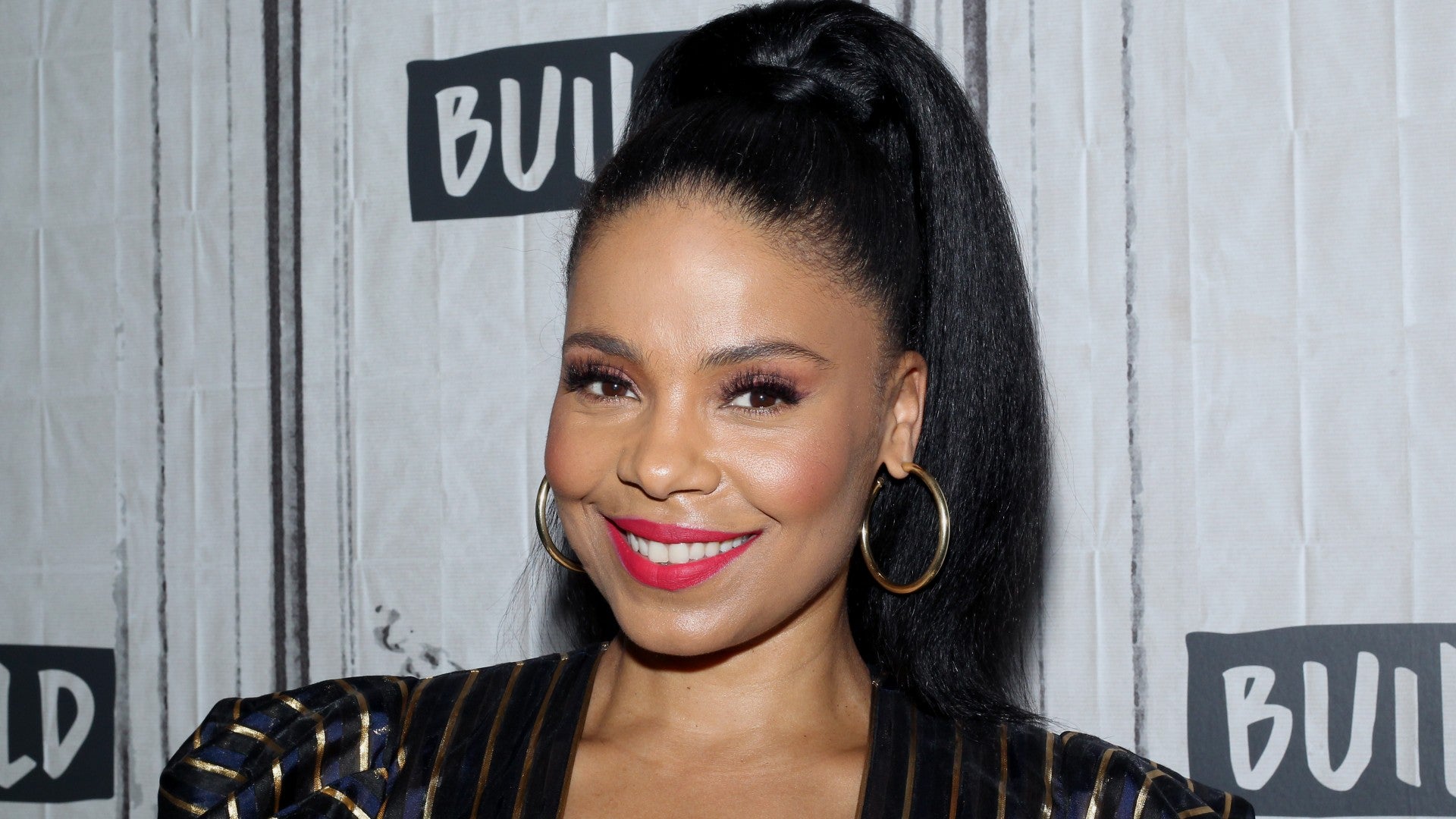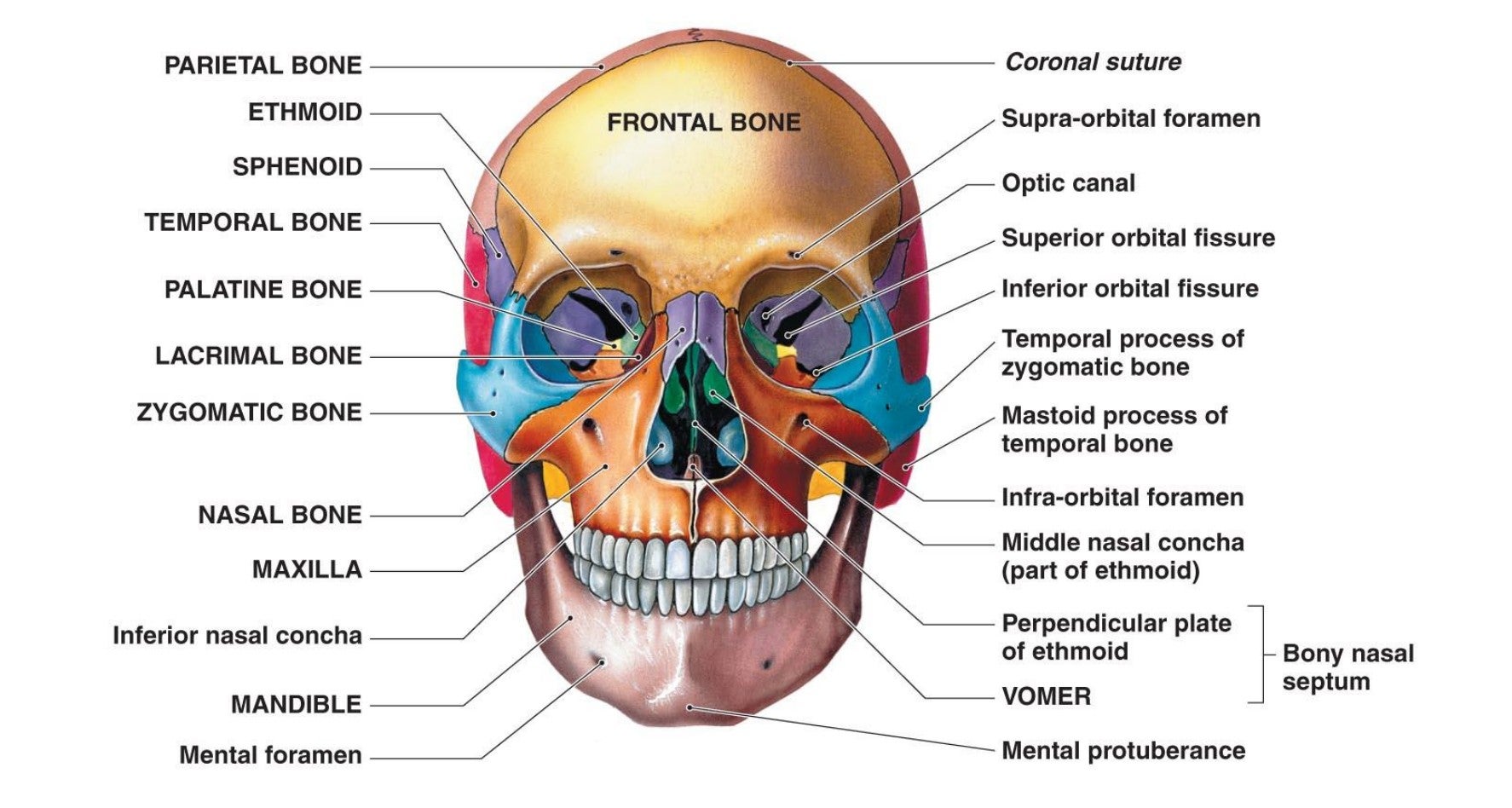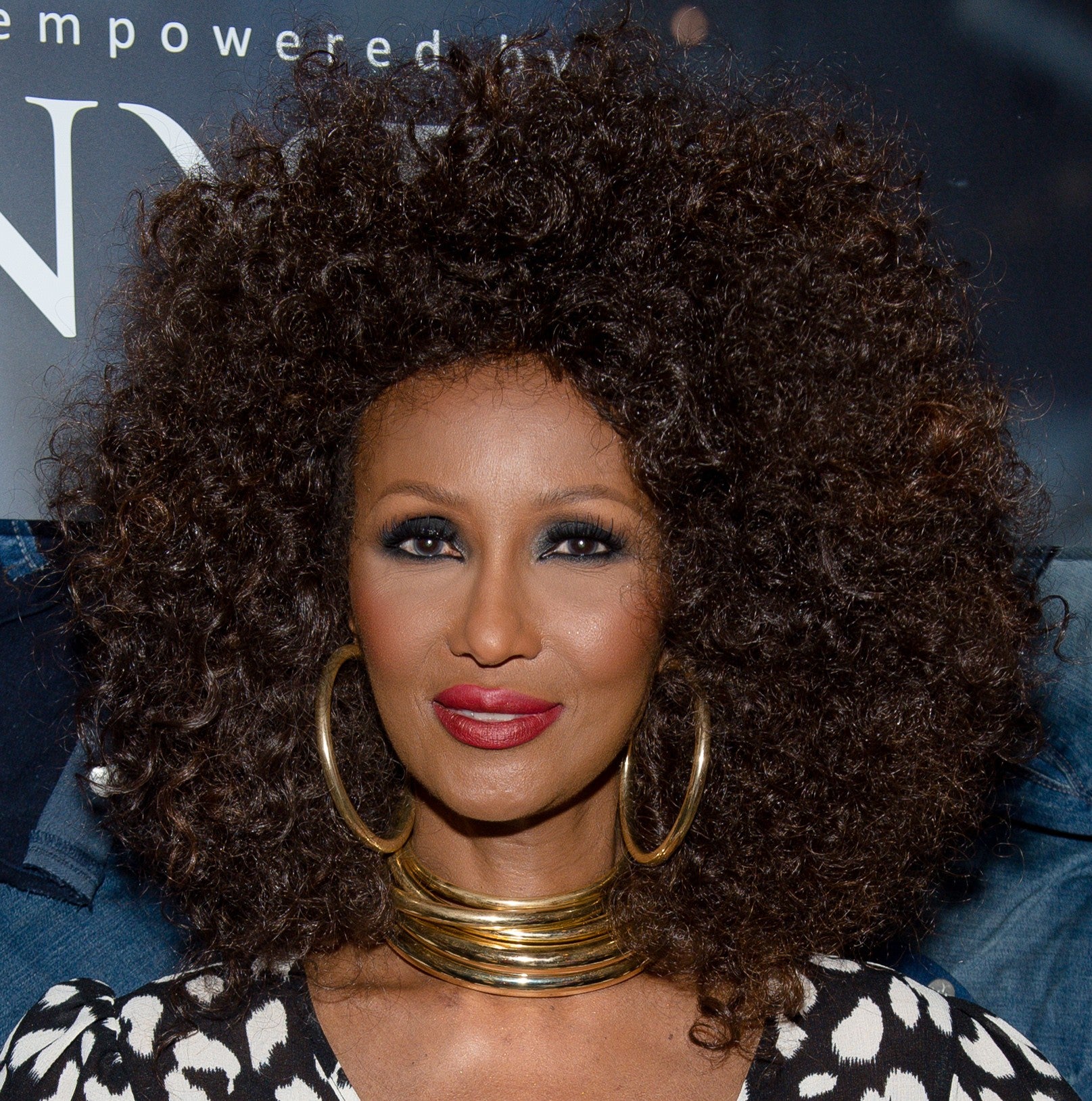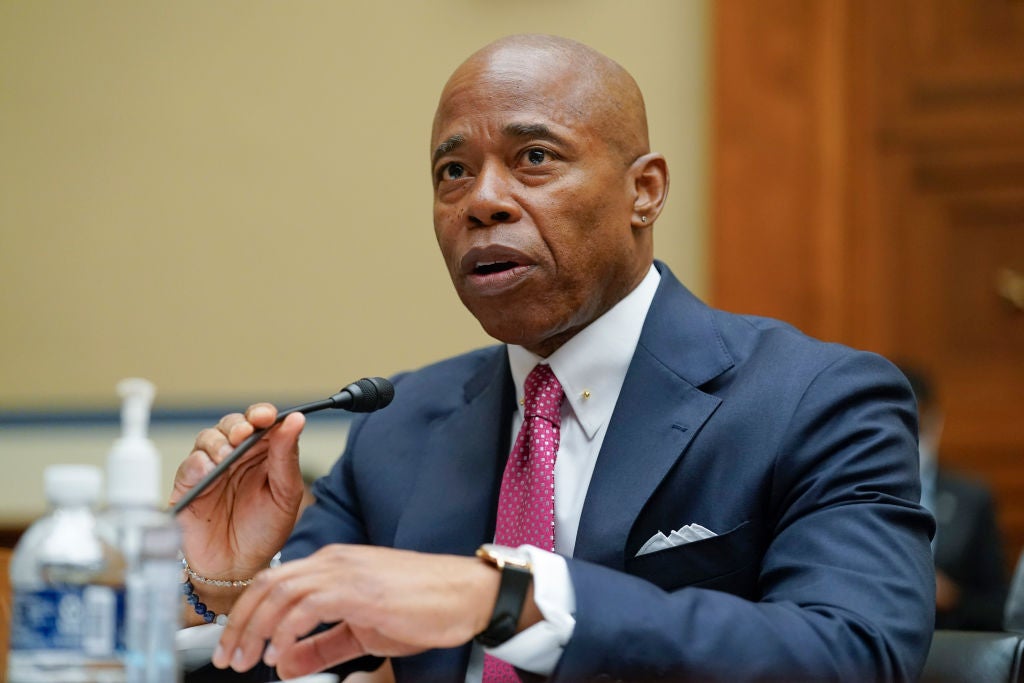
The intent of the research started as a way to understand the aging process as it relates to the face. When Dr. Boris Pashkover, a facial plastic surgeon at Rutgers Medical School, conducted a study to document patterns of facial skeletal change among individuals, the point was not to uncover why Black people’s faces seem to age slower than others. Initially, when he conducted the study during his residency at Yale it included a mostly white population. But as Rutgers Medical School is in Newark, New Jersey, the population was starkly different. So when volunteers began to show up, there was a consistency that one of the researchers on the team, Dr. David Buziashvili, couldn’t overlook.
“I was like ‘Hey, did you try it for the population here?’” he recalled. Dr. Pashkover, who was the lead on the research, thought that it was a great idea to conduct the study with non-White participants.
But Buziashvili wanted to take it a step further. As him and partner Neil Sangal ran more CT scans, and saw more participants, he began to realize that making the study about only Black facial structure was highly beneficial. He couldn’t have imagined that he would unearth the type of insights that beauty brands and services pay big bucks to gather—anything that gets them closer to the discovery of the fountain of youth.
“Luckily I did my training in Newark, where the Black population is prevalent. We’d see an Asian patient, a Caucasian, a Hispanic participant here and there, but mostly it was Black. I thought it was just the perfect opportunity to take advantage of and make a good study on the [concept] of Black aging,” he said.
The study, titled “Long-term Patterns of Age-Related Facial Bone Loss in Black Individuals,” was published on JAMA Network this spring. It was the first of its kind and included 20 Black individuals—14 men and six women, aged mid-forties and older. It found that over a ten-year period there was minimal change in bone structure of the participants, compared to previous studies done on White participants observed over the same period of time.
In other words, Black faces change, but just not as quickly as White faces. It’s why we continue to awe at folks like Iman, Sanaa Lathan, Angela Bassett, and Nicole Murphy, who seem to be aging at a Benjamin Button rate.

Dr. Wendy E. Roberts, cosmetic dermatologist and dermatopathologist in Rancho Mirage, CA, says that the research is in line with what she comes across in her work. But, she also says that it’s not as simple as bone absorption—that’s just one part of the facial aging process, photo damage is the other. So we weren’t completely wrong in what we believed to be the reason behind why Black skin stays intact as it ages.
“Aging of the face is multifactorial. The high concentration of melanin is a protection for photo damage. Bone density alone does not contribute to aging,” she said. “[But] this study is very compelling because it does demonstrate the deeper structural changes that are an important part of aging, but it’s just half of the story.”
But the question still remained as to what it all means for beauty brands creating products and gadgets that reverse signs of aging, and what it means for the average person who wants to know how to better care for their face.
So ESSENCE asked Dr. Buziashvili to break down all the science-rich language in the study, and most importantly, to confirm whether Black people (and let’s be honest, the rest of the population) could continue to stress the mantra “Black don’t crack,” with accuracy.
ESSENCE: For all of us non-science aficionados, in a nutshell, is the data saying that our bones don’t break down at the same rate and that’s why Black people’s faces tend to appear younger?
Dr. Buziashvili: That’s correct, they don’t degrade as fast. It’s medically known that axial bone, which is bone found in the rest of your body like the long bones or your legs, your arms, that’s always been denser in Black people on average. So we wanted to see if that was the same case for the face, even though it’s a different type of bone. It turned out to be pretty damn similar. Also your bones are much stronger and denser, and your bones peak higher. So you have much further to go down. The difference between races is on a very physiological level.

ESSENCE: So essentially when people say, “Black don’t crack,” it’s literally accurate?
Dr. Buziashvili: There’s multiple reasons and one is obviously the skin color. Black people have darker skin and thus they have better resistance to the sun. But, it’s also the bone density. Basically what we measured in this study was straight up measurements like lines and angles, but there’s another study that we were working on that had to do with density, actually measuring on the CT scan how dense is the bone in this area and then remeasuring that same area, of that same patient, maybe 10, 15 years down the line.
ESSENCE: Are there other studies out for non-Black and non-White people, maybe Asians, Hispanics, Indians, to measure these findings against?
Dr. Buziashvili: If I went on PubMed right now and looked up longitudinal bony changes in the Asian population or another population, I’m sure I’d get a couple of hits. I would have to read the study to see how many patients they had, what method they used, because it could be a very weak study or it could be a very powerful one.

ESSENCE: Do you think beauty brands or their R&D teams will start using these kinds of things when they’re trying to formulate products for skin care and other cosmetics?
Dr. Buziashvili: I think, unfortunately, we’re a ways off from actually being able to manipulate the skeleton too much without doing something more invasive. Of course, we can do procedures now where we can basically modify parts of the skeleton, make it a little thicker. But to have something like that as a skin care product, I don’t see that happening too soon. What I do see right now, the whole concept of fillers. Fillers plump up the volume a lot like bone would.
ESSENCE: Is that as impactful though?
Dr. Buziashvili: Unfortunately, the filler is still implanted within the skin. So even though you’d have some layers that are perked up, if that layer of skin starts to sag, then that whole filler combo is going to just sag with it. What you can do in the meantime is just take good care of your bones with calcium, vitamin D, and weight-bearing exercises. Even, as silly as it might sound, try some sort of chewing device that can help keep your jaw strong. Your jawline isn’t going to magically improve a lot, but the bones in your face will be used to more pressure and that is going to help them not degrade as fast.
ESSENCE: So the skin isn’t the secret?
Dr. Buziashvili: If you tighten the skin but you don’t do anything to the bone, the skin is now tight against very old, degraded bone that doesn’t have the original shape. So if you fix the strut underneath and then you tighten the skin over the nicer, more rebuilt strut, then that would be an ideal outcome. But that would be a surgery right now.
ESSENCE: It would be highly invasive?
Dr. Buziashvili: It would be very invasive. So unless you’re trying to change your identity or something, then don’t.
ESSENCE: In the meantime, maybe some spa will come up with some sort of face weightlifting class?
Dr. Buziashvili: Exactly! I was seriously thinking about stuff like that. I mean it would be weird, but I’m in New York. Everything’s weird here. So maybe people would do it.





